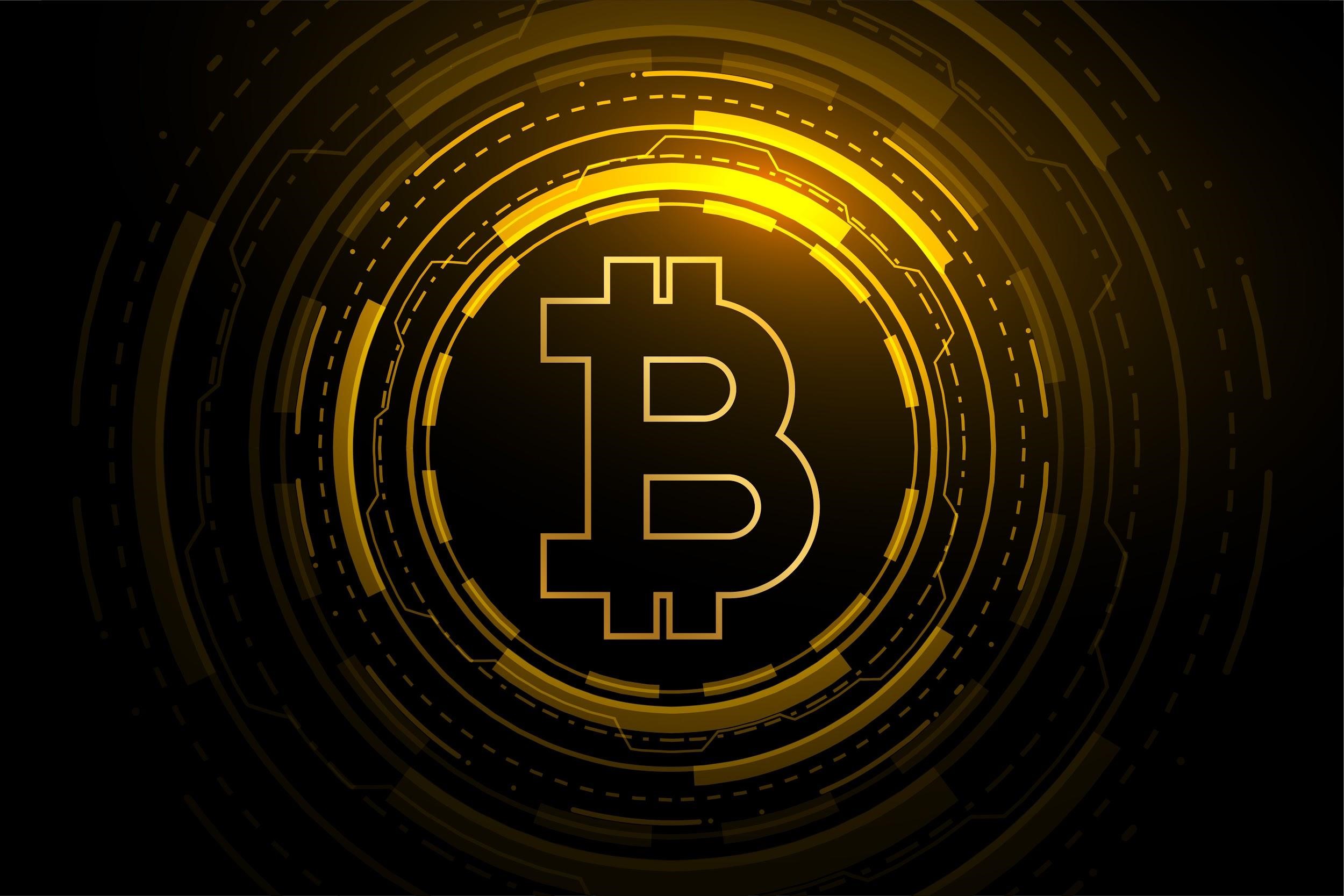Is the Federal Reserve Serious about Digital Currency now?
In the summer, US Federal Reserve Chair Jerome Powell announced that the public would be consulted on the possibility of a Central Bank Digital Currency (CBDC). He acknowledged the benefits and the risks of stablecoins, implying that new restrictions are on the way.
That is no surprise, given the increase of USDC, a US-based stablecoin, from $2.9 billion to $18.7 billion in just six months and the soon-to-be-released Diem (previously Libra) dollar stablecoin.
This wasn’t just another press release. To accompany the news, Powell delivered a prepared address to the camera. The takeaway is that these issues are critical.
Despite the Boston Federal Reserve researching with the Massachusetts Institutes of Technology, the Federal Reserve has remained cautious about a digital currency (MIT).
This announcement had a different tone, one that was more pro-innovation. Perhaps a sense of urgency as well?
“Stablecoins aims to employ new technologies in a way that can improve payments efficiency, speed up settlement processes, and lower end-user costs,” Powell added.
However, he pointed out that they are risky since they lack consumer protections and can negatively influence the financial system.
“As the use of stablecoins grows, so must our focus on the right regulatory and supervisory framework,” he concluded. This includes paying attention to private-sector payment innovators who are not currently regulated like banks, investment firms, and other financial intermediaries.”
Stablecoins are used to quote many cryptocurrency trading pairings. The USDC in the United States has increased tremendously due to the cryptocurrency boom, from a market capitalization of $2.9 billion six months ago to $18.7 billion today.
Grant Thornton audits the reserves that underpin the stablecoin every month, with a two-month delay.
There is a significant risk if stable coins are abruptly redeemed in large numbers. A portion of the reserves held by banks could result in massive withdrawals from bank accounts. Some resources are in “authorized investments,” while others are in deposits.
Central banks are also concerned about potential market distortions resulting from a sharp increase in demand for treasuries or money market funds as stablecoin reserves.
The Facebook-linked stable coin Diem poses a much greater risk to central banks. How quickly could Diem become enormous if USDC can see this exponential growth without a user base like Facebook?
Why is the Federal Reserve considering a central bank digital currency (#CBDC) now?
— Richmond Fed (@RichmondFed) April 27, 2022
For more:
– https://t.co/rHdiRba8qM
– https://t.co/TaUy7mNKMc pic.twitter.com/dfnhFhvMH9
Diem announced a transfer to the United States and an agreement with Silvergate Bank to create a US stable coin just a week ago.
Is CBDC now Grave?
So the question is if Diem and the quick expansion of stablecoins have caused a shift in the urgency of a CBDC.
“We believe any prospective CBDC must serve as a supplement to, rather than a replacement for, cash and current private-sector digital forms of the dollar, such as commercial bank deposits,” Powell said.
“As part of this process, we will seek public input on payment, financial inclusion, data privacy, and information security issues.”
There’s something of a domino effect going on here. As Diem prepares to launch, the Fed may decide to create a CBDC sooner rather than later.
Canada, our next-door neighbor, has already stated that it plans a CBDC to combat dollarization from a global stablecoin or US CBDC. As a result, Canada’s operations may now be accelerated.
Alternatively, the central bank could impose laws to prevent the floodgates from opening.
This could cause the stablecoin sector to be delayed while central banks try to catch up.
Stay informed with daily updates from Blockchain Magazine on Google News. Click here to follow us and mark as favorite: [Blockchain Magazine on Google News].
Get Blockchain Insights In Inbox
Stay ahead of the curve with expert analysis and market updates.
latest from tech
Disclaimer: Any post shared by a third-party agency are sponsored and Blockchain Magazine has no views on any such posts. The views and opinions expressed in this post are those of the clients and do not necessarily reflect the official policy or position of Blockchain Magazine. The information provided in this post is for informational purposes only and should not be considered as financial, investment, or professional advice. Blockchain Magazine does not endorse or promote any specific products, services, or companies mentioned in this posts. Readers are encouraged to conduct their own research and consult with a qualified professional before making any financial decisions. The featured image used is just a creative depiction of the title and it does not intend to hurt sentiments of any person or institution. If it hurts anyone sentiments, please do not hesitate to reach out to Blockchain Magazine.

 Bitcoin
Bitcoin  Ethereum
Ethereum  XRP
XRP  Tether
Tether  Solana
Solana  USDC
USDC  Dogecoin
Dogecoin  Cardano
Cardano  Lido Staked Ether
Lido Staked Ether  TRON
TRON  Chainlink
Chainlink  Wrapped Bitcoin
Wrapped Bitcoin  Wrapped stETH
Wrapped stETH  Avalanche
Avalanche  Sui
Sui  Stellar
Stellar  Hedera
Hedera  Toncoin
Toncoin  Shiba Inu
Shiba Inu  LEO Token
LEO Token  Hyperliquid
Hyperliquid  Litecoin
Litecoin  Bitget Token
Bitget Token  WETH
WETH  USDS
USDS  Polkadot
Polkadot  Bitcoin Cash
Bitcoin Cash  Ethena USDe
Ethena USDe  Wrapped eETH
Wrapped eETH  Uniswap
Uniswap  MANTRA
MANTRA  Ondo
Ondo  Pepe
Pepe  Monero
Monero  Aave
Aave  NEAR Protocol
NEAR Protocol  WhiteBIT Coin
WhiteBIT Coin  Mantle
Mantle  Official Trump
Official Trump  Aptos
Aptos  Dai
Dai  Internet Computer
Internet Computer  Ethereum Classic
Ethereum Classic  Bittensor
Bittensor  Cronos
Cronos  OKB
OKB  POL (ex-MATIC)
POL (ex-MATIC)  Gate
Gate 




